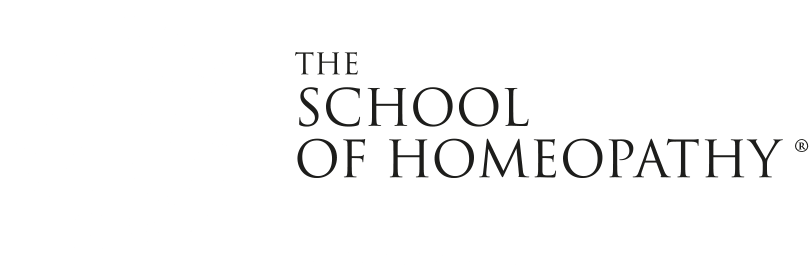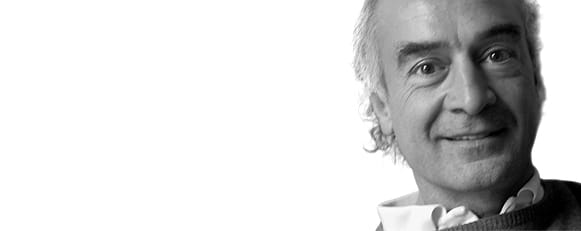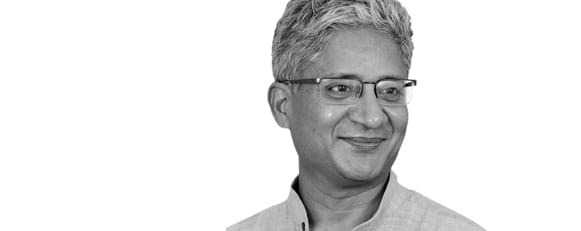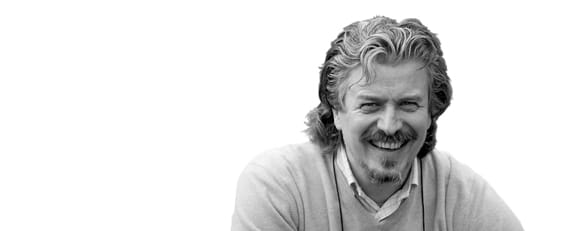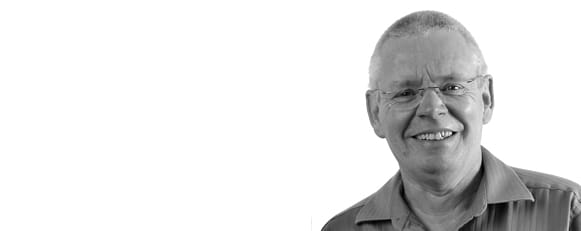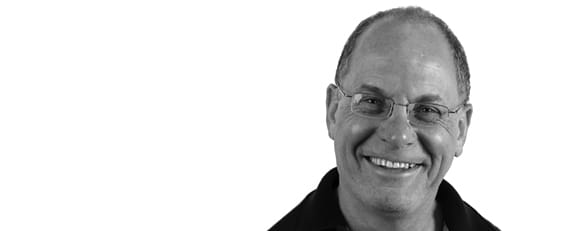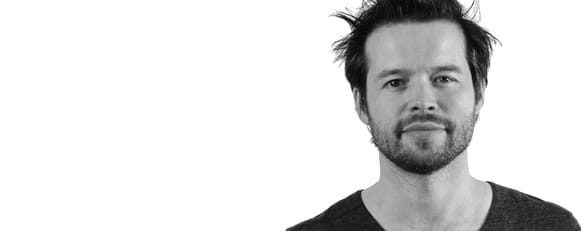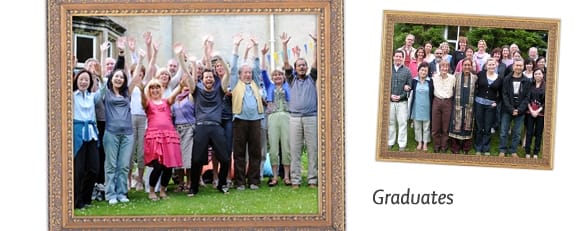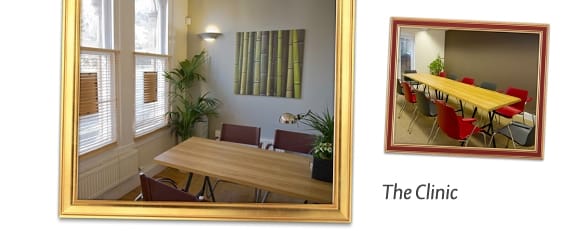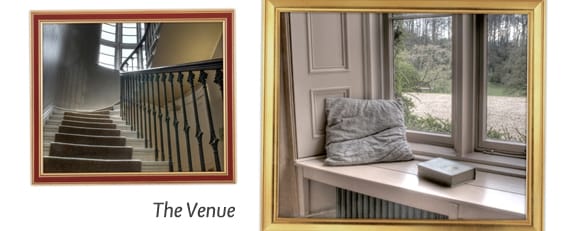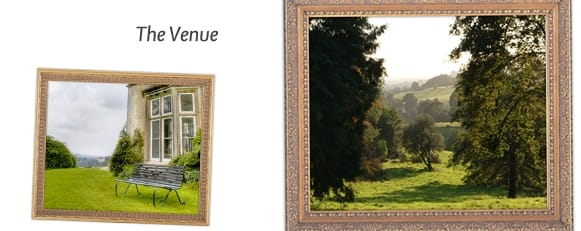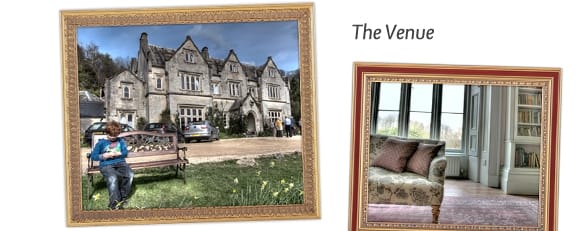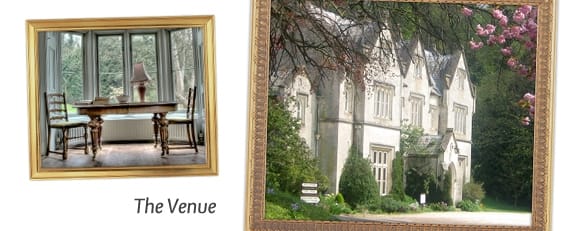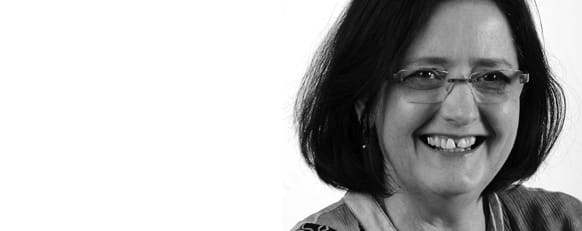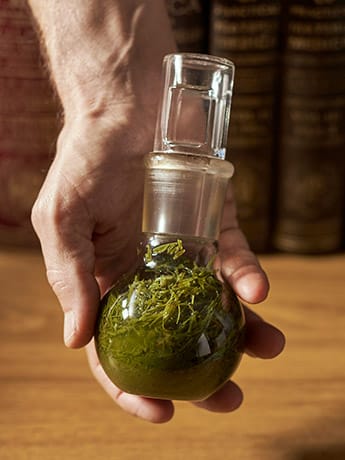
Discovering remedies
In keeping with the ‘like cures like’ principle, before we can use a homeopathic medicine we need to know what its ‘picture’ is, i.e. what symptoms it can produce in a healthy person. The process for discovering this is called a ‘proving’. Provings must follow a rigorous protocol so that accurate and reliable information is generated.
Dr Samuel Hahnemann (the founder of homeopathy) and his co-workers conducted provings on themselves and colleagues in order to discover new medicines. These days, provings are usually undertaken by homeopaths and students. They take the medicine under controlled circumstances in order to experience the symptoms the medicine is capable of producing - and thus treating.
Here is a typical proving methodology. The proving group consists of a master prover, supervisors, provers (healthy people of both sexes who take the medicine) and collators. The master prover may decide which substance they will prove, or the decision may be left to a homeopathic pharmacy. The substance is then made into a medicine in different potencies at the pharmacy and the vials of medicines and placebos are coded to ensure double-blind conditions (where neither the provers nor the master prover knows who is receiving the active medication and who is not).
Before taking the medicine, the provers keep a daily log for a month under the scrutiny of a supervisor who will later continue to monitor them as the proving progresses. This establishes their ‘base state’ as well as introducing them to the format of keeping the proving diary. They then take the unknown medicine at regular intervals for a maximum of two days, stopping as soon as they feel any symptoms arising that are new to them. They continue to keep a daily diary and are in regular contact with their supervisor whilst the symptoms are emerging. The supervisor is there to answer queries, ask questions and ensure that all symptoms are faithfully recorded.
Once all the symptoms have abated the notebooks are handed to the collators who then start to make sense of all the information. The symptoms are separated into mental, emotional and physical categories. The full picture is then written up by the master prover and presented to the proving group at which point the name of the medicine is revealed.
The proving gives a comprehensive picture of the new medicine with the mental, emotional and physical symptoms it is capable of curing. We learn each medicine’s affinity with particular organs of the body and the medicine’s modalities (better and worse for...). All of this information is added to homeopathic materia medica and repertories, the reference books used by homeopaths when working to find a medicine to match the individual symptoms of each patient.
This healing is more than just treating symptoms, it is inspirational and it has become an everyday part of my life.
Bill, Student
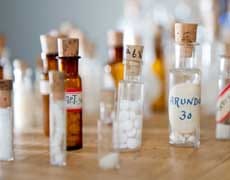
200 years of heritage and refinement
Homeopathy is a system of natural medicine that has been in use worldwide for over 200 years. It has been available on the NHS since its inception in 1948. The name homeopathy, coined by its originator, Dr Samuel Hahnemann, is derived from the Greek words for ‘similar suffering’ referring to the ‘like cures like’ principle of healing. He was born in Germany 250 years ago.
